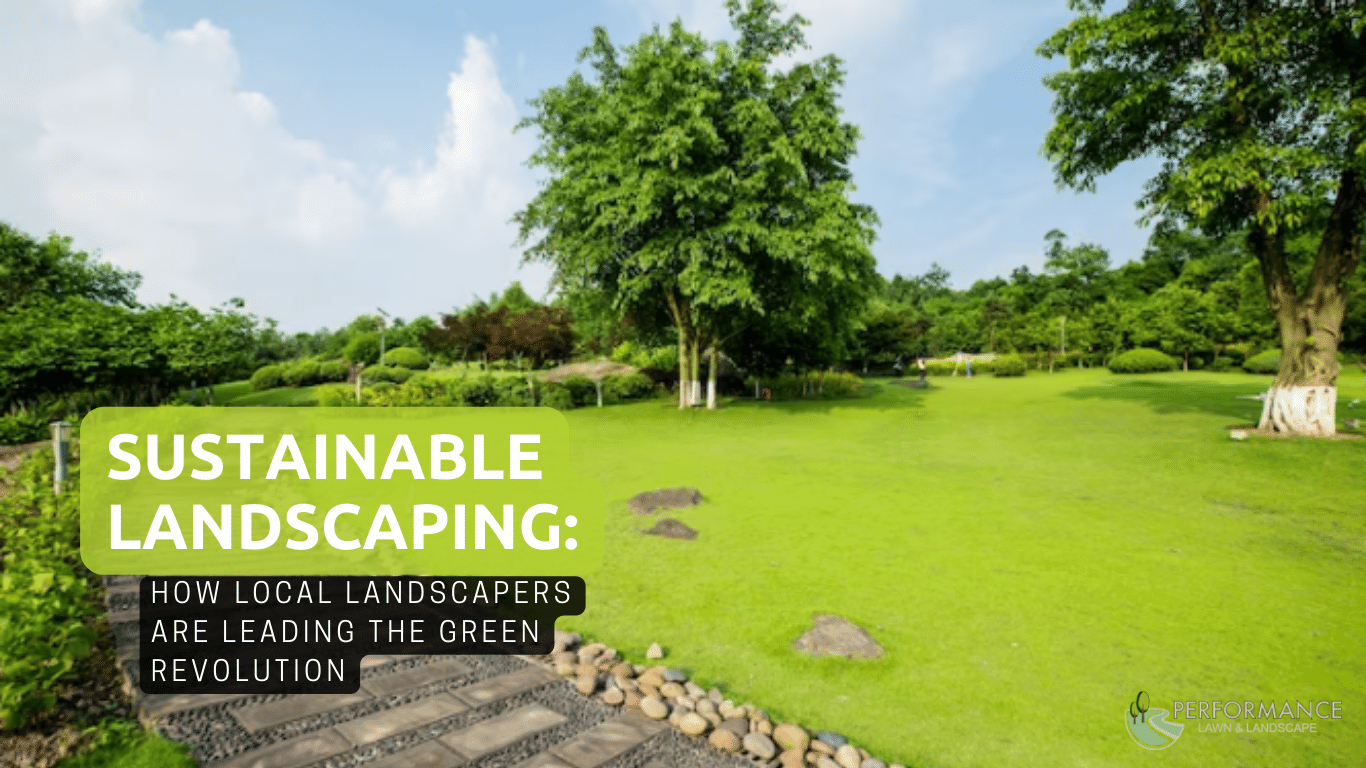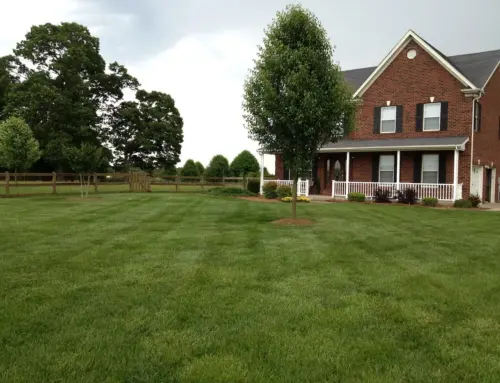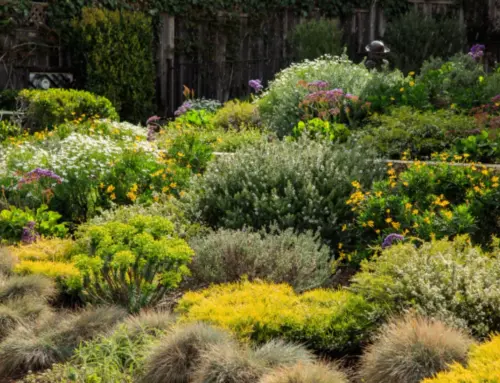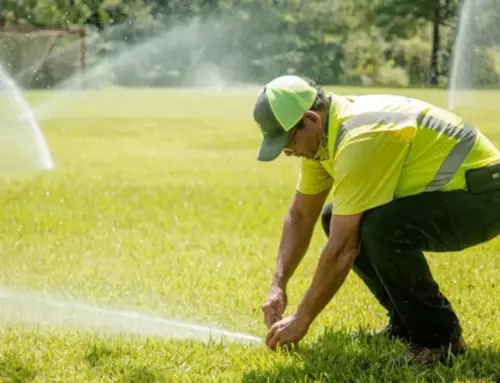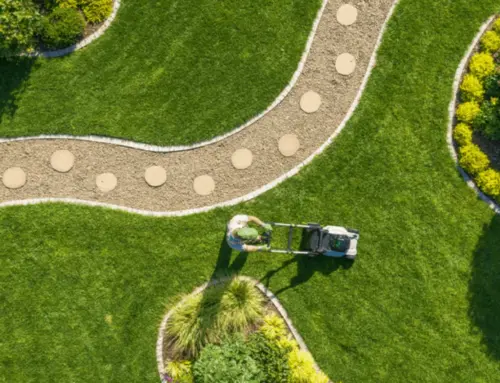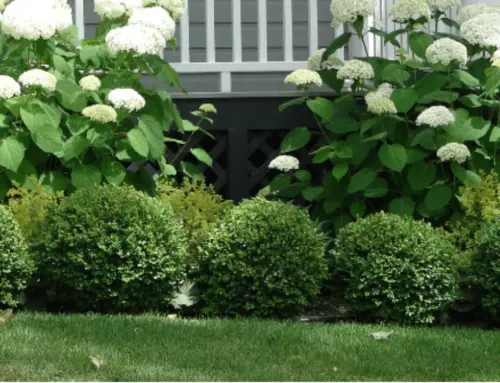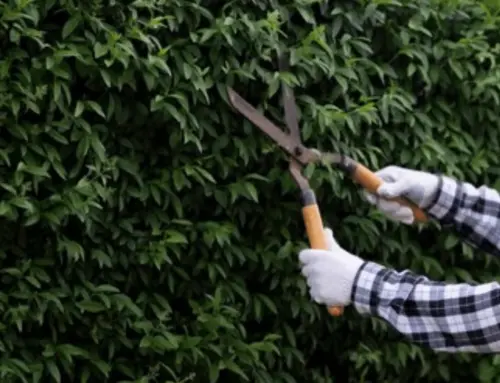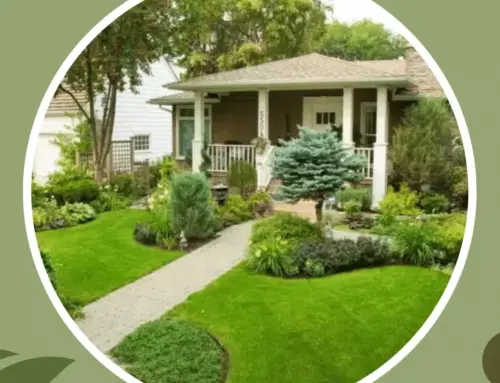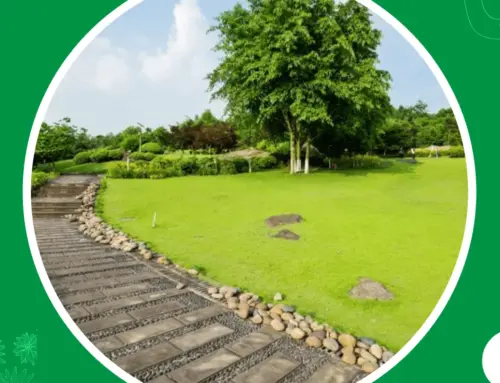In the modern age, with an increasing understanding of our environment and the impacts of human activity, businesses across industries are taking strides to lessen their footprint. In the realm of landscaping, a profound shift is taking root, emphasizing not just the aesthetic beauty of our surroundings but also their long-term sustainability. Performance Lawn and Landscapes stands at the forefront of this green revolution, demonstrating how local landscapers are pioneering sustainable practices to shape our landscapes for the better.
The essence of sustainable landscaping lies in its approach. It’s not just about planting a tree or mowing a lawn; it’s about understanding the interconnectedness of our ecosystem. Every choice made in the garden, from selecting plants to managing water, has wider implications. And local landscapers, with their intimate knowledge of the native environment, are uniquely positioned to guide these choices.
When one thinks of landscaping, images of lush lawns and manicured gardens might spring to mind. But the reality is that such pristine landscapes can often come at an environmental cost. Excessive water use, chemical fertilizers, and non-native plants can put stress on local ecosystems. Performance Lawn and Landscapes recognizes these challenges and works diligently to offer greener alternatives.
One key focus is on native plants. Unlike exotic species, native plants have evolved in a particular region over thousands of years. They’re not just adapted to the local climate and soil conditions; they’re an integral part of the ecosystem. By using native plants, landscapers can reduce the need for fertilizers and pesticides, saving both resources and protecting local waterways from contamination. Furthermore, these plants provide essential habitats for native wildlife, creating a richer, more biodiverse landscape.
Water management is another critical aspect of sustainable landscaping. Traditional landscaping might involve vast stretches of thirsty lawns and water-intensive plants. Performance Lawn and Landscapes, however, seeks to challenge and change this norm. By incorporating drought-resistant plants and innovative irrigation systems, the company ensures that every drop of water is used efficiently. Rainwater harvesting, permeable pavements, and the creation of rain gardens are just a few techniques employed to optimize water use.
It’s not just about the plants and water, though. Sustainable landscaping also considers the materials used. Instead of sourcing materials from far-flung corners of the globe, the emphasis is on local, sustainably harvested, and recycled products. This not only reduces the carbon footprint associated with transportation but also supports local industries and economies.
Moreover, the maintenance practices employed by Performance Lawn and Landscapes champion sustainability. Gone are the days of gas-guzzling lawn mowers and tools. Electric and battery-operated equipment, which emits fewer pollutants, is favored. Additionally, organic fertilizers and composting methods are utilized, returning vital nutrients to the soil without the harmful effects of synthetic chemicals.
Yet, beyond these tangible measures, what truly sets local landscapers like Performance Lawn and Landscapes apart is their holistic understanding of the environment. They recognize that a garden isn’t just a standalone entity; it’s part of a broader ecosystem. Their work involves not just creating beautiful spaces but ensuring that these spaces exist in harmony with nature. They’re not just gardeners but stewards of the land.
The green revolution in landscaping is not just about meeting the present needs but ensuring that future generations can also enjoy the beauty and bounty of our planet. Performance Lawn and Landscapes, with its commitment to sustainable practices, is setting a benchmark for what modern landscaping can and should be. As consumers and nature enthusiasts, we have a responsibility to support and champion such endeavors. After all, in nurturing the land sustainably, we’re not just creating gardens; we’re cultivating a brighter, greener future for all.
Sustainable Landscaping With Us
In today’s world, sustainability is no longer a mere buzzword but an imperative for businesses and households alike. For us at Performance Lawn and Landscapes, achieving a sustainable landscape is paramount. Let’s delve into this crucial aspect of modern landscaping.
How can we achieve sustainability in landscape?
- Native Planting: Use plants that are native to the region. They’re naturally adapted to the local climate and pests, reducing the need for water, fertilizers, and pesticides.
- Water Conservation: Install drought-tolerant plants and employ efficient irrigation systems, like drip irrigation, to minimize water usage.
- Organic Practices: Opt for organic fertilizers and pest control methods rather than chemical solutions. This not only benefits the soil and plants but also reduces harmful runoff.
- Recycle Garden Waste: Turn garden waste like leaves and grass clippings into compost. This enriches the soil and reduces the need for artificial fertilizers.
- Reduce Lawn Size: While lush green lawns are beautiful, they’re also resource-intensive. Consider reducing the size of your lawn or opting for sustainable lawn alternatives like ground covers or native grasses.
Why is sustainable landscaping important?
- Environmental Impact: Sustainable landscaping reduces the carbon footprint, conserves water, and diminishes the need for chemicals that pollute water sources.
- Economic Benefits: While there might be initial investments, in the long run, sustainable practices can save money on water, fertilizer, pest control, and maintenance.
- Supports Biodiversity: Using native plants and organic practices promotes local wildlife, from beneficial insects to birds and small mammals.
- Soil Health: Sustainable practices ensure the soil remains fertile and healthy, providing a robust foundation for plants.
What do we mean by sustainable landscape?
- Holistic Approach: It’s a method of designing and maintaining landscapes to be in harmony with the local climate and environment, aiming to be regenerative rather than merely conservational.
- Low Resource Utilization: A sustainable landscape thrives with minimal input, relying less on external resources such as water, synthetic fertilizers, and pesticides.
- Balance with Nature: Such a landscape supports and enhances local ecosystems rather than disrupting or replacing them.
What is sustainable landscape management?
- Proactive Maintenance: It involves anticipating issues before they become problems and addressing them in environmentally-friendly ways. For instance, if a certain plant species is prone to a pest, a sustainable approach might involve introducing natural predators of that pest.
- Continuous Learning: Sustainable landscape management recognizes that landscapes evolve. It emphasizes ongoing education about best practices and adjusting strategies based on results and new research.
- Efficient Resource Use: This means not just using fewer resources, but also maximizing the benefit from those that are used. For example, capturing and storing rainwater for irrigation during drier periods.
- Community Involvement: Engaging the community can lead to shared resources (like community composting), knowledge exchange, and a broader adoption of sustainable practices.
Sustainable landscaping isn’t just a trend but a need of the hour. For us at Performance Lawn and Landscapes, it represents a commitment to the future. A sustainable landscape not only adds beauty to our surroundings but also contributes positively to our planet.

